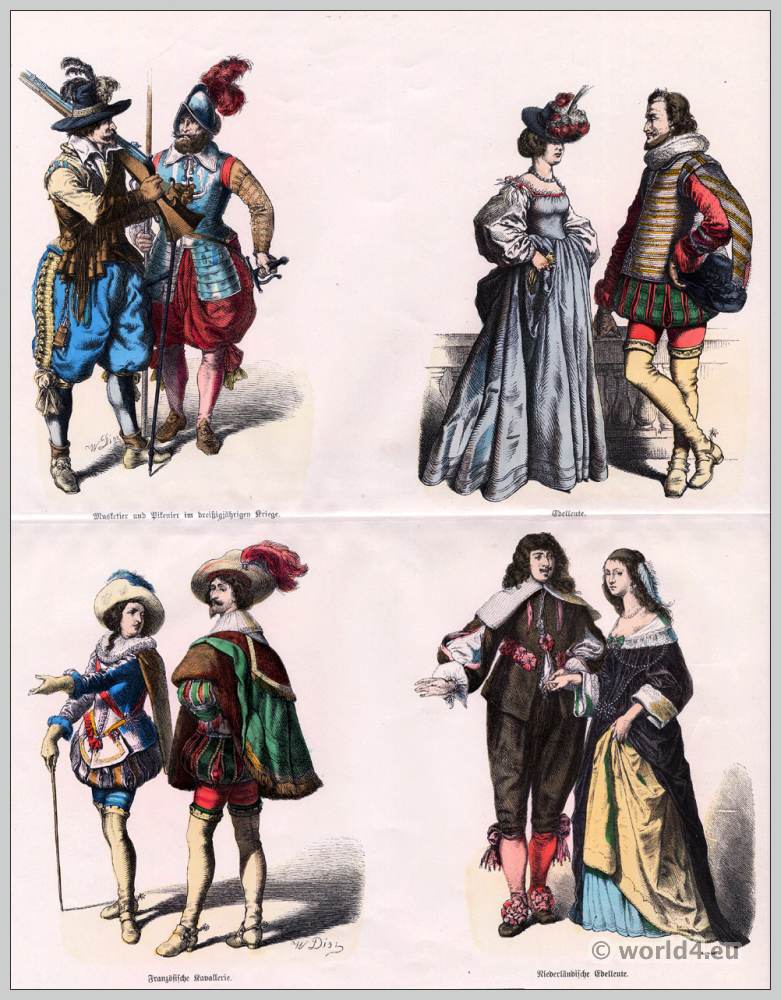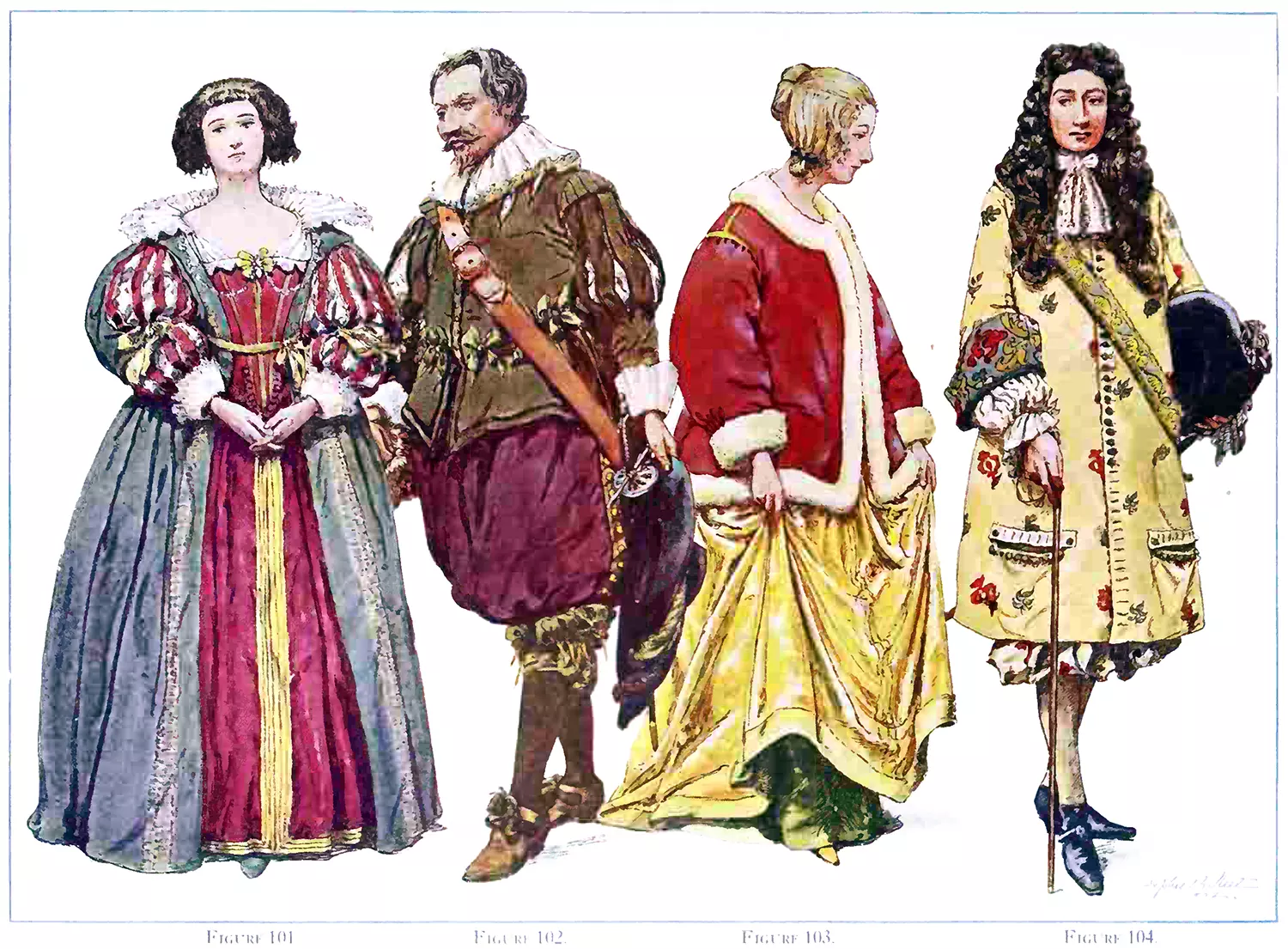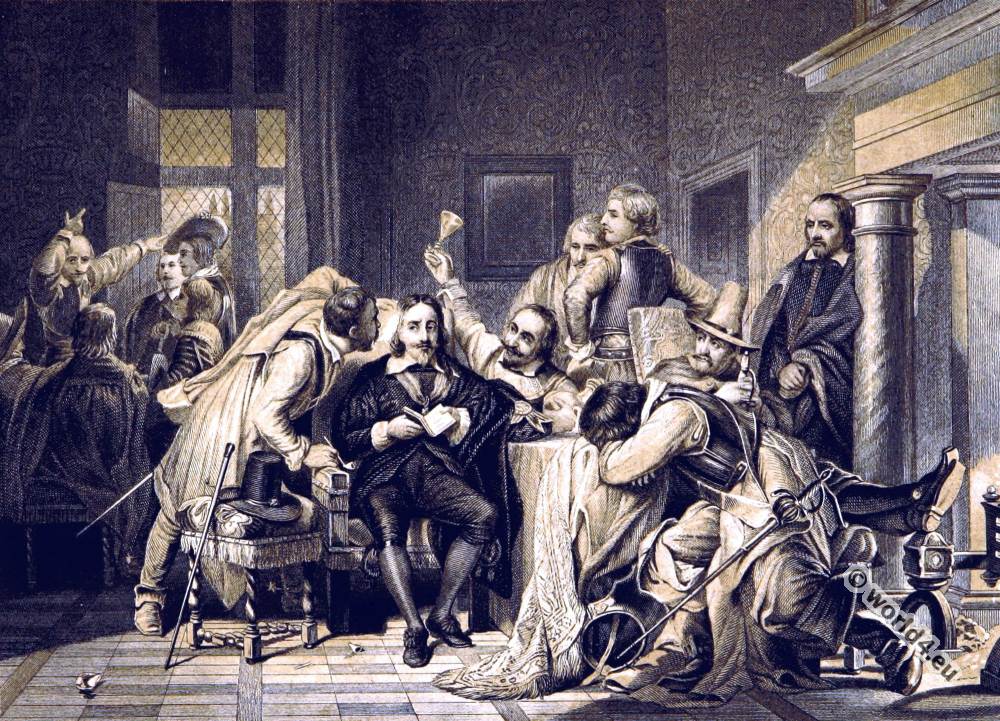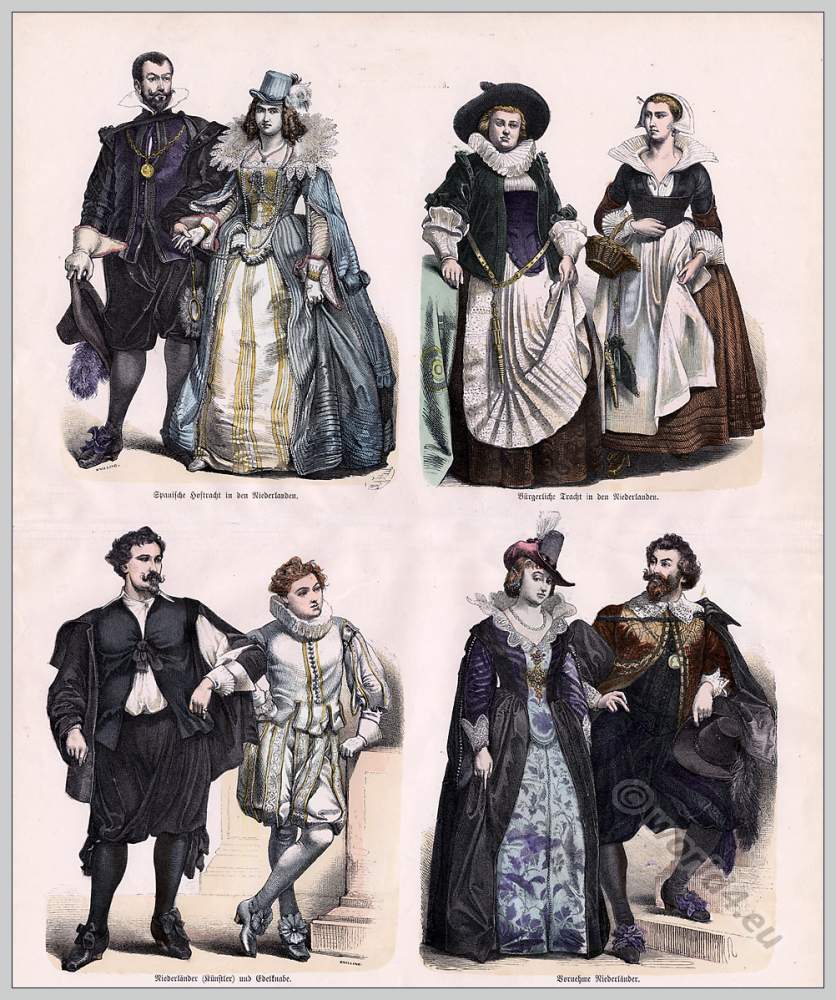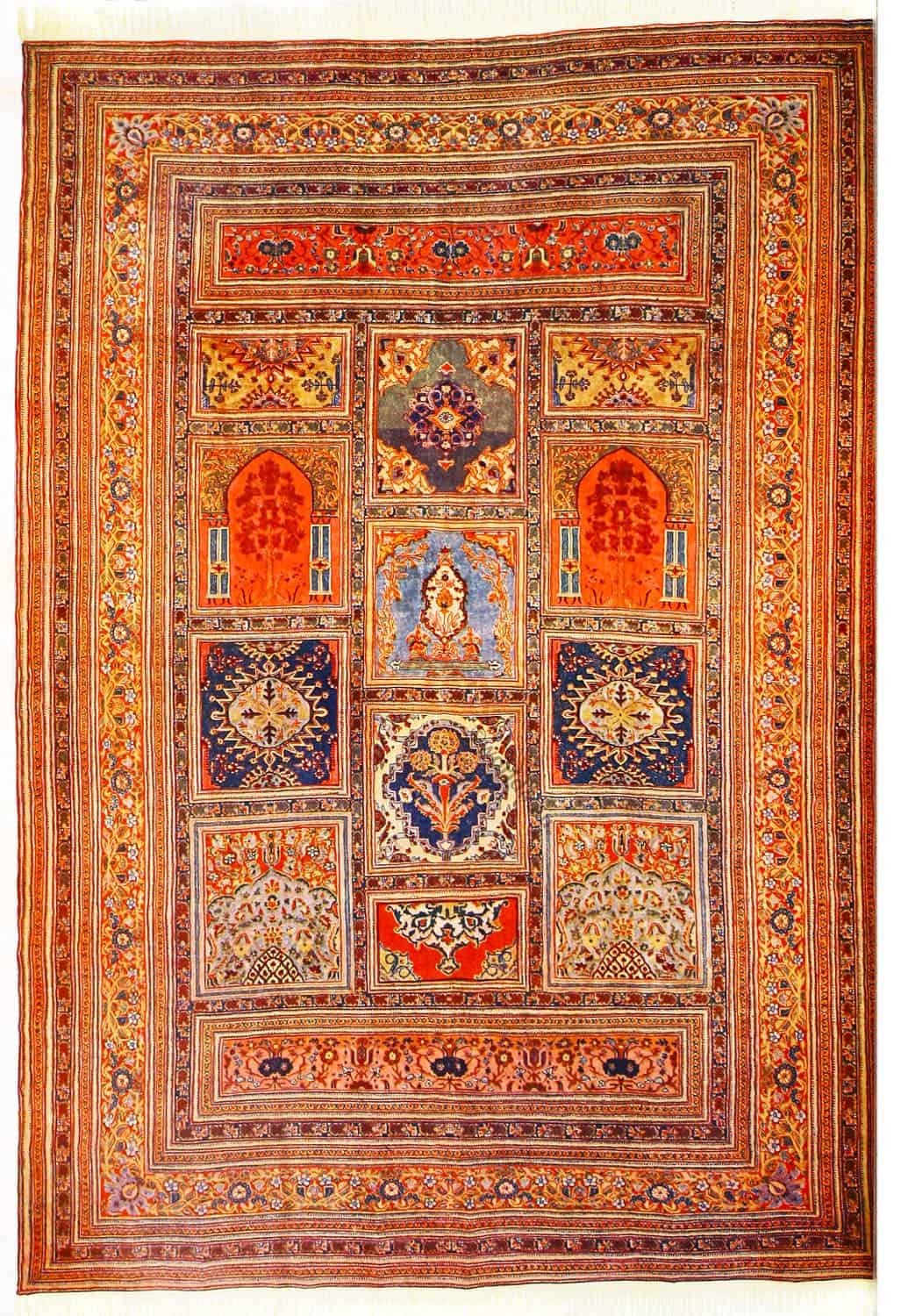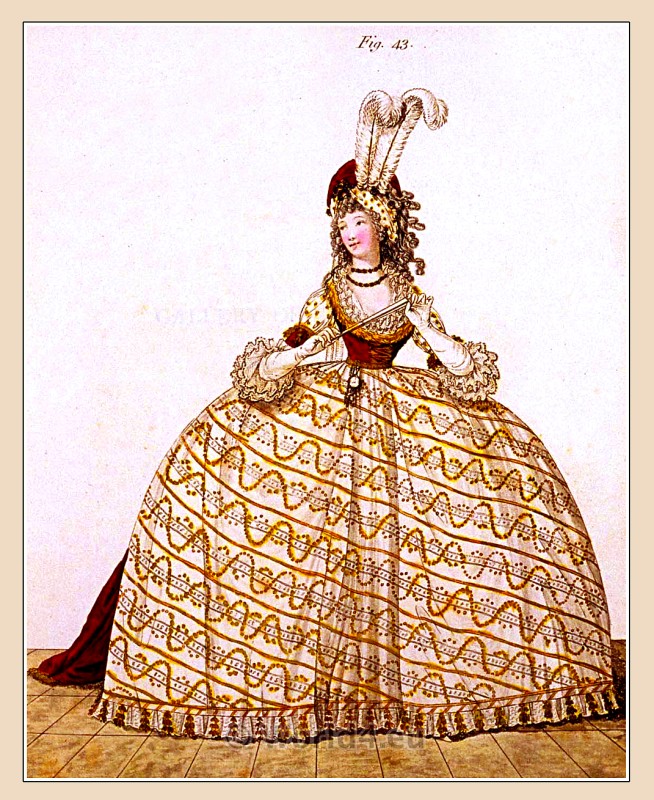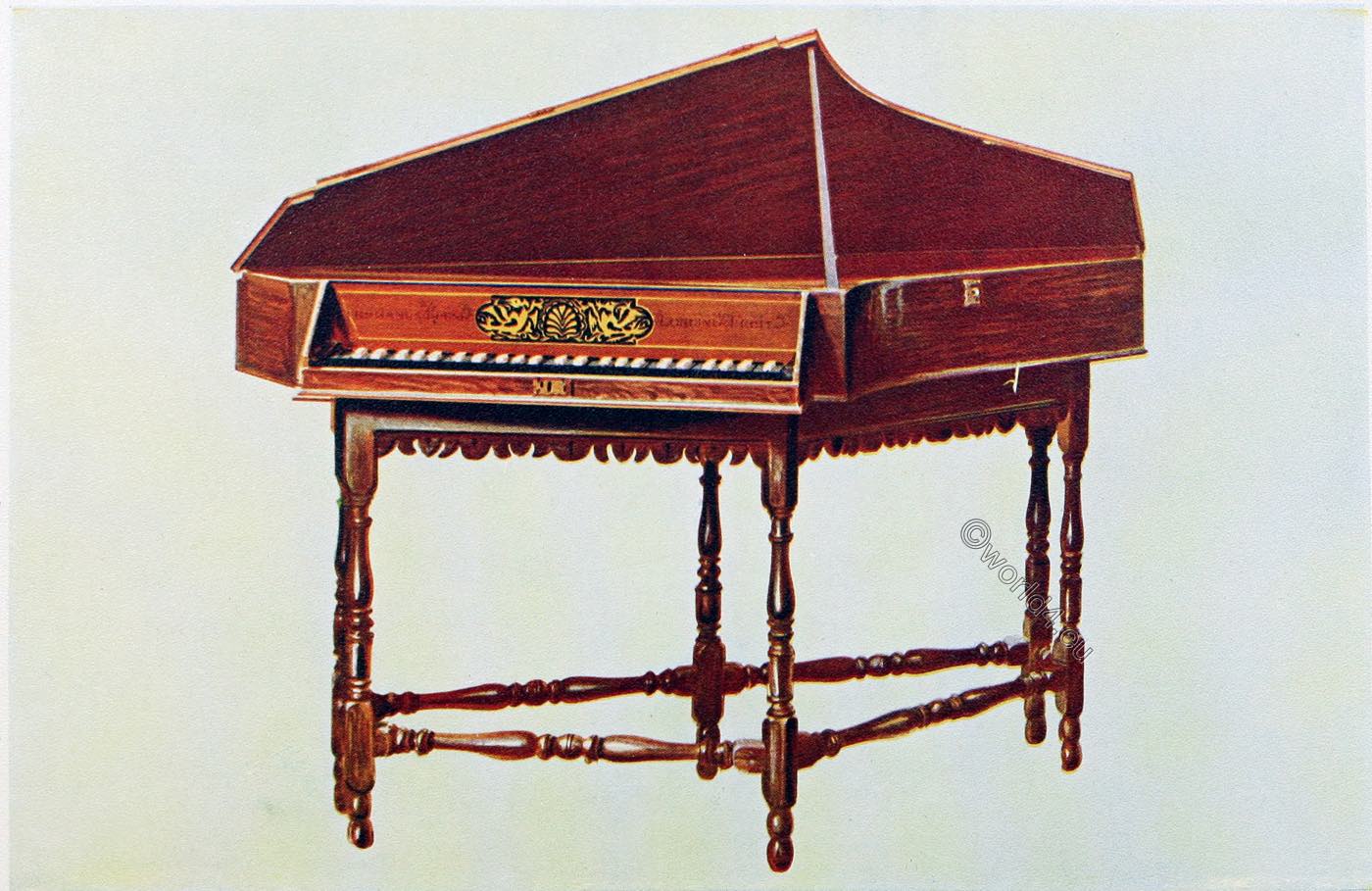
Spinet made by Stephen Keene. England 17th century.
Stephen Keene (about 1640-1719) was an English instrument maker. He made harpsichords, spinets and virginals in his workshop in London. In addition, many students who later became important instrument makers themselves came from his workshop, such as Abraham Richardson, Robert Smith, John Harris, Leonard Dutton, Richard Vesey, Edward Blunt, Thomas Barton and Charles Brackley. He became a member of the Guild Worshipful Company of Joiners and Ceilers in 1662 and was their master from 1704 to 1705.
THIS Spinet, with its original six-legged stand, was made in London about the end of the seventeenth century. “Stephanus Keene Londini Fecit,” is inscribed upon the name-board, which is characteristically inlaid with birds and foliage. It is a transverse Spinet, the Italian “Spinetta traversa,” an adaptation of the longer bichord or trichord harpsichord within the limitations of size of this instrument, which, like the trapeze-shaped and oblong spinets, had one string only to each note.
The tail is extended on the right-hand side; the key-board is placed somewhat obliquely, and the wrest-plank, with the tuning-pins, is immediately above the key-board, instead of being, as in the older spinets, at the right-hand side. The compass of the key-board is from the second B below, to the second D above, the middle C,— in all four octaves and two notes, being one note more in the treble than occurs in the key-board diagram to Henry Purcell’s Lessons for the Harpsichord or Spinnet. The lowest key would, however, be tuned down to the lowest pianoforte G, the object being to secure a dominant bass for the lowest C. Purcell’s diagram for the spinet gives the lowest key as “B B,” but, in the lessons, he here and there writes down to GG, also to A A, for which the lowest C key would be similarly accommodated.
The two lowest sharps of the spinet here drawn present the peculiarity of being cut or divided, each division being an independent key. These were not quarter-tones as has been supposed; the front halves were tuned A and B for dominant basses like the G, and the back halves C and D, chromatic semitones to the adjacent natural notes, thus combining the “Short Octave” principle, indispensable for the performance of contemporary music, with the chromatic system then beginning to be recognized.
Stephen Keene was a well-known maker of spinets, equal in reputation to his great rivals, Charles Haward, and Thomas and John Hitchcock. The earliest notice known of Keene occurs in an advertisement at the end of the sixth edition of Playford’s Introduction (London, 1671), which announces that “Mr. George Dalham, that excellent organ-maker, dwelt now in Purple-Lane, next door to the Crooked Billet, where such as desire to have new organs, or old mended, maybe well accommodated.”
“And Mr. Stephen Keene, Maker of Harpsycons and Virginals, dwelleth now in Threadneedle-Street, at the sign of the Virginal, who make them exactly good, both for sound and substance.”
It is proved that Keene was long in business by a name-board which is in my possession dated 1719. Indeed, longer than the period occupied by Thomas Hitchcock, whose autograph occurs in spinets from 1664 and 1703. The principal dimensions of the instrument drawn, which belongs to Mr. H. J. Dale, Cheltenham, are—extreme width, 5 feet 6 inches, extreme depth, without the projection of the key- board, 1 foot 9¼ inches. The key-board is 2 feet 4¼ inches wide, and 3,3/8 inches deep.
Source: Musical instruments, historic, rare and unique; by Alfred James Hipkins and William ill Gibb. London : A. and C. Black, ltd. 1921.
Related
Discover more from World4 Costume Culture History
Subscribe to get the latest posts sent to your email.

